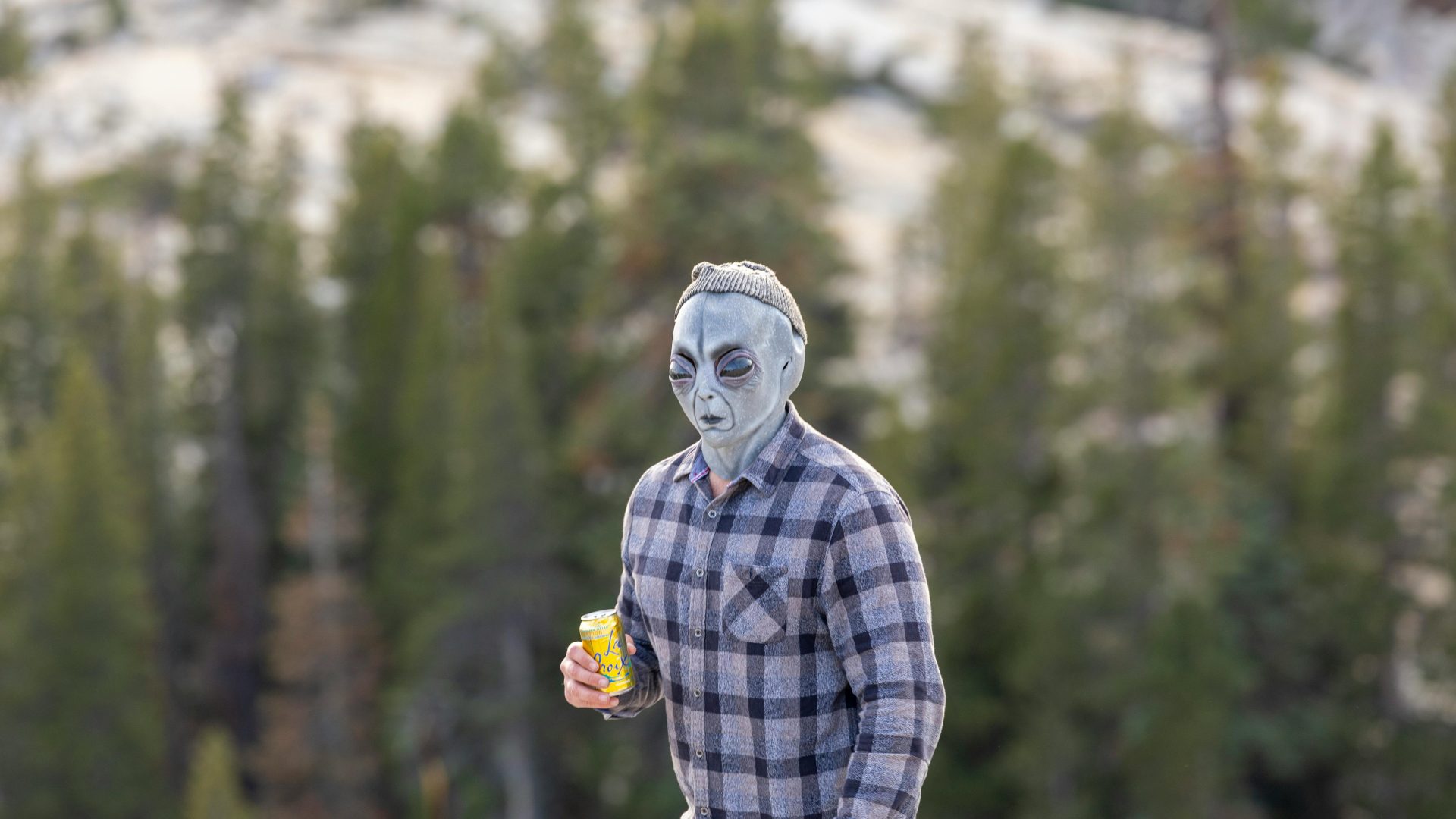NHI Assaulting the Shipibo-Konibo People with Electric Weapons? 2019. Locals refer to them as Pishtaco. Insights, Children’s Drawings, and Reflections on an Attack Near Pucallpa, Peru. Article by Thaís de Carvalho. Eerie Parallels to Pelacaras/Facepeeler Incidents in Peru, 2023. Full credit to Thaís de Carvalho for her six-month immersion in the Peruvian Amazon from August 2019 to March 2020. Read the full article here.
(Note: The excerpt below is not the entire article.)
White Men and Electric Guns: Analyzing the Dystopia of the Amazon through Shipibo-Konibo Children’s Art
In Andean culture, the pishtaco is depicted as a White man who steals the organs of Indigenous people for economic gain. Among today’s Shipibo-Konibo community in the Amazon, the pishtaco has evolved into a high-tech murderer, utilizing an advanced laser gun that injects electricity into the bodies of its victims. This paper delves into this harrowing reality through the lens of children’s drawings, offering composite sketches and village maps before and after an attack. Children vividly illustrated White men wielding syringes and electric weapons, pondering whether organ traffickers could also be mestizos. Furthermore, comparing children’s maps reveals a paradox: lit streetlights are simultaneously perceived as both protection and peril at night. The study explores the transformation of pishtaco figures and the dual nature of electricity in these illustrations, positing that children are aware of changing racial dynamics and recognize the irony of development—where the very electricity that can be wielded as a weapon also serves as a shield.
As the rainy season began in the Amazon, a lively football match filled the community with energy as people gradually made their way home. Suddenly, three gunshots rang out—a warning of imminent danger. The commotion sent women and children rushing indoors while men equipped themselves for protection and headed into the woods. The victim, a 30-year-old Shipibo-Konibo man, was on his way to work at the community lodge for foreign tourists when he felt a shocking jolt in his back and collapsed. When he looked up, he was surrounded by White men and alerted the village before managing to stagger towards the lodge, where he lost consciousness.
The victim was eventually brought back to the community, convulsing and sweating profusely. He felt electric shocks coursing through his body and experienced pain whenever he attempted to drink water. The community responded by providing him with sweetened milk instead, yet his suffering persisted. They sought assistance from the local medical post, staffed by nurses who declared the victim stable and without visible injuries, attributing his state to anxiety. Doubting this diagnosis and fearing for his wellbeing, villagers transported him to a private clinic in Pucallpa, the nearest city, where advanced medical technology was available to address his condition. After several days in the hospital, he was released without a definitive diagnosis but was deemed fully recovered.
During my stay in the village, where I was conducting research on children’s experiences regarding development projects, I frequently encountered accounts of pishtaco encounters. The Shipibo-Konibo described these figures as White men who invade Indigenous communities at night to extract organs with electric weapons, which left me grappling with the logistics of such attacks occurring in the forest. However, the persistence of these narratives underscored the perceived danger. Concerned about the potential for organ trafficking networks—akin to those outlined by Scheper-Hughes (2000)—I conducted informal interviews with former victims and witnesses, as well as gathered children’s stories in the wake of this incident. This paper primarily examines children’s drawings as part of that research.
My research approach involved deeply engaging with groups of children.

This is a deeply troubling and important topic that underscores the complex dynamics of violence, cultural fears, and the intersection of modernity with traditional beliefs among Indigenous communities in the Amazon. Thaís de Carvalho’s work highlights the eerie and perilous narratives surrounding the pishtaco and the dramatic impact that fear of violence and exploitation has on the Shipibo-Konibo people, particularly the children.
The connection between a high-tech image of the pishtaco and the all-too-real threats posed by outsiders is a poignant reflection on how modern tools and techniques can exacerbate age-old fears of exploitation. The children’s drawings and interpretations reveal not only their imaginative responses to trauma but also the realities of their lived experiences.
Furthermore, the dual nature of electricity as both a weapon and a form of protection, as illustrated in the children’s artwork, elegantly encapsulates the contradictory feelings of safety and vulnerability that characterize life in a community facing such threats. This interplay of fear, trauma, and resilience is crucial to understanding the broader implications of development, violence, and Indigenous rights in contemporary Peru and beyond.
The documented community response – from newfound security measures to collective storytelling through art – reveals a community grappling with protecting cultural identity in the face of outside pressures. It’s vital that these narratives are brought to wider attention, as they challenge us to consider the socio-political factors contributing to their current struggles and to advocate for better protections and rights for Indigenous peoples. Thank you for sharing this important work.